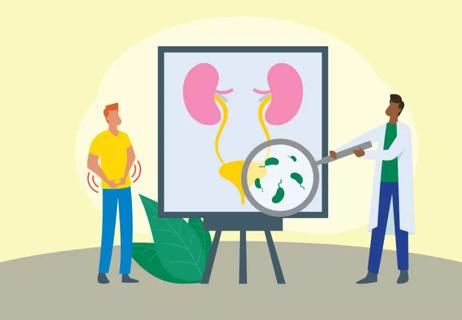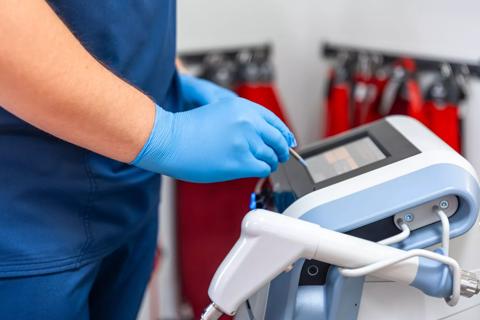3 tips for preventing urinary tract infections

Here’s a statistic for you: About 60% of women will experience a urinary tract infection (UTI) at some point in their life.
Cleveland Clinic is a non-profit academic medical center. Advertising on our site helps support our mission. We do not endorse non-Cleveland Clinic products or services. Policy
One of the most widely held beliefs about UTIs is that drinking cranberry juice (or taking cranberry supplements) can prevent and get rid of them.
“There is an active ingredient in cranberries that can prevent adherence of bacteria to the bladder wall, particularly E. coli,” explains urologist Courtenay Moore, MD. “But most of the studies suggest that juice and supplements don’t have enough of this active ingredient (A-type proanthocyanidins) to prevent bacteria from sticking to the urinary tract.”
Overall, clinical studies on the efficacy of cranberry juices and extracts for preventing UTIs are conflicting.
One 2013 analysis of 13 different trials concluded that cranberry juice and tablets did reduce the occurrence of UTIs compared to placebo in women with recurrent UTIs. But another review found that they didn’t.
In additions to questions about cranberry’s effectiveness in preventing and treating UTIs, the amount of active ingredient that each product contains is not necessarily consistent. Therefore, products may not have enough of the active ingredient to be effective in preventing bacteria from sticking to the bladder wall.
The American Urological Association’s guidelines on recurrent UTIs in women states that clinicians may offer cranberry prophylaxis (for prevention), as there is little risk associated with these supplements, Dr. Moore notes.
The bottom line? “Cranberry won’t hurt, but it may help. It could be worth trying if you struggle with frequent UTIs, as the risk in doing so is very low,” Dr. Moore says.
Dr. Moore says she’s heard all of the myths about how to prevent or treat UTIs — drinking lots of water, urinating after sex, avoiding tight-fitting pants and staying away from hot tubs, bubble baths and tampons. None of these beliefs is supported by scientific data, she says.
On the other hand, here are three things that Dr. Moore says women should do to help prevent UTIs:
Even though UTIs happen frequently, you can take steps to lower your risk.
Learn more about our editorial process.

A bladder infection is definitely a UTI ... but not all UTIs are bladder infections

The benefits of a bidet may convince you to say goodbye to toilet paper

Signs to look out for include pain and changes in frequency or urgency

Find out whether you should head to the bathroom after the bedroom

Recurrent urinary tract infections are most common in women, seniors

The ins and outs of urinary tract infections

Untreated urinary tract infections can lead to permanent kidney damage

Early results show the procedure may help resolve mild to moderate ED

Your metabolism may torch 1,300 to 2,000 calories daily with no activity

A gentle touch in all the right places may help drain your sinuses